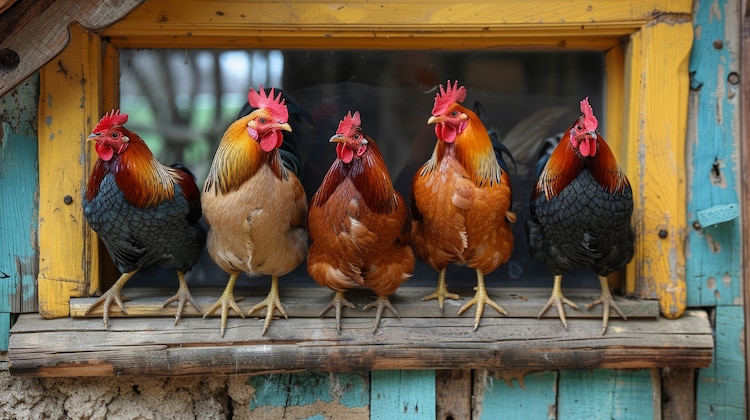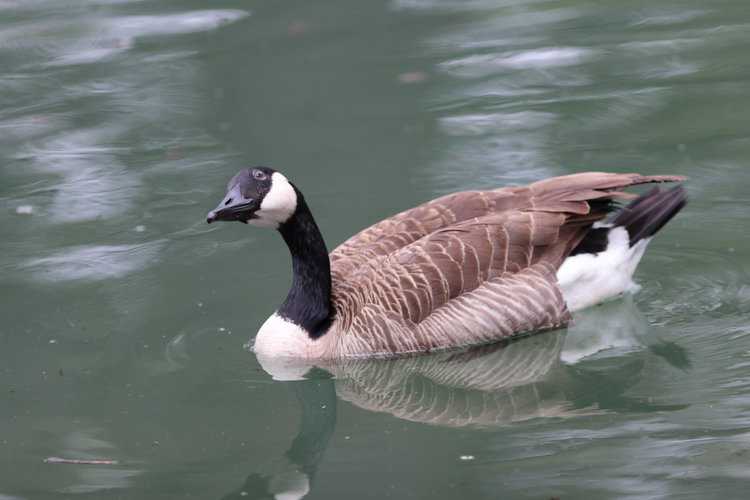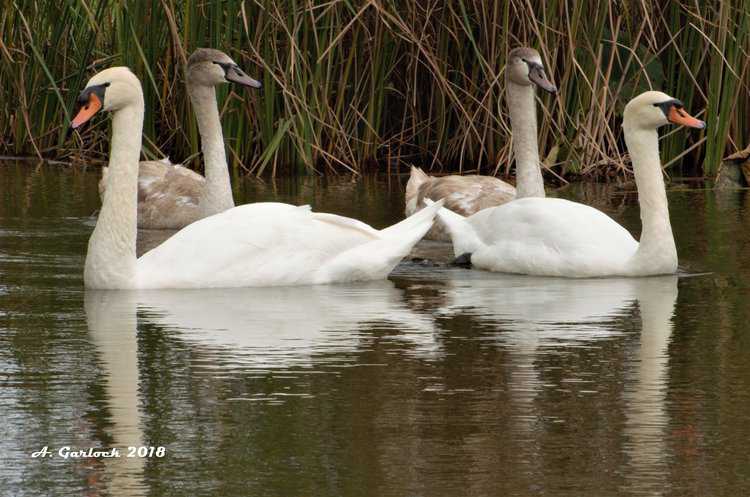As urban areas grow, the connection between backyard poultry farming and wildlife conservation becomes increasingly important. Poultry farmers must find ways to protect both their flocks and local ecosystems.
This guide will help you align your farming practices with wildlife conservation, promoting a healthier environment.
Protecting Wildlife While Raising Poultry
To balance backyard poultry farming with wildlife conservation, it’s crucial to implement practices that minimize disruption to native species. The following approaches can help achieve a balanced relationship between farming and wildlife conservation.
Designing Safe Enclosures
Poultry enclosures should be built from durable materials to ensure the birds‘ safety and prevent wildlife intrusion. Enhancing the perimeter with native vegetation strengthens the natural barrier and aids in pest management, providing additional bird protection.
Timing is Everything
To minimize the impact on wildlife, poultry should be allowed to roam during low wildlife activity, such as early mornings or late afternoons.
Poultry roaming schedules can also be adjusted according to seasonal changes in wildlife behavior. For instance, restricting poultry movement during the breeding season of local wildlife can help prevent disturbances.
Smart Feeding Practices
Feeding practices must be carefully managed to avoid attracting wildlife and reduce food waste. Farmers can designate specific feeding zones and use specially designed feeders that minimize spillage, helping to lower the amount of feed wasted.
Additionally, using hot water for poultry equipment offers an eco-friendly way to eliminate pathogens without relying on harsh chemicals.
| Noise Control Measures: Use noise barriers or sound-absorbing materials around enclosures to reduce disturbances to wildlife, especially during mating or nesting seasons. Minimizing noise pollution helps maintain a peaceful coexistence between poultry and local animals. |
Choosing Wildlife-Friendly Poultry Breeds
Certain poultry breeds are better suited to coexist with wildlife. Breeds with calm temperaments and limited mobility are less likely to disrupt local ecosystems. For instance, Silkies, known for their docility, tend to stay close to home, minimizing their impact on nearby species.
Additionally, choosing breeds that can adapt to local climates reduces the need for significant habitat alterations, which might otherwise disturb wildlife.
Dual-purpose breeds, which can fulfill multiple roles, offer a sustainable option by meeting diverse needs while minimizing environmental disruption, making them particularly suitable for integrated farming systems.
Managing Poultry Waste Responsibly

Effective waste management is crucial for protecting the environment, particularly when it comes to poultry waste. If not handled properly, poultry waste can contaminate both water and soil.
One sustainable solution is composting poultry manure, turning it into valuable fertilizer. Mixing manure with carbon-rich materials such as straw or leaves promotes natural decomposition and reduces unpleasant odors. Regularly turning the compost helps aerate the mixture, speeding up the breakdown process.
Proper storage and handling of manure are equally important. Keeping it in covered, waterproof areas prevents rainwater contamination.
Preventing Disease Transmission Between Poultry and Wildlife
The proximity of poultry to wildlife poses a significant risk of disease transmission. To reduce this threat, farmers can adopt various biosecurity measures. One essential step is securing poultry enclosures with sturdy fencing to keep wildlife out and prevent direct contact with the birds.
Vaccinating poultry against diseases like Avian Influenza and Newcastle Disease further strengthens flock immunity, lowering the likelihood of outbreaks.
Finally, quarantining new or sick birds helps contain potential infections, ensuring they don’t spread to the rest of the flock.
Protecting Poultry From Predators
One of the primary concerns for backyard poultry farmers is protecting their birds from predators. A well-built coop made from sturdy, durable materials is essential for ensuring the flock’s safety.
Securing coop doors with strong locks can deter raccoons and other opportunistic animals. For added protection, installing electric fencing around the perimeter can help keep larger predators at bay.
Environmental adjustments are another crucial aspect of predator prevention. Clearing away dense vegetation around enclosures reduces potential hiding spots for predators.
Farmers can also use motion-activated lights or sprinklers to scare off nocturnal threats. Moreover, guard animals like dogs or geese can further enhance security by alerting farmers to danger through their presence and vigilance.
| Monitor Wildlife Corridors: Ensure fencing and enclosures do not block or interfere with local wildlife corridors. Creating “wildlife-friendly zones” near but separate from poultry areas ensures native species can move freely without disrupting farm operations. |
Creating a Habitat That Supports Poultry and Wildlife
Farmers can cultivate habitats that benefit poultry and wildlife by incorporating native plants and carefully planning their landscapes. Native plants are vital, providing food and shelter for local wildlife while offering shade and poultry protection.
Farmers can promote biodiversity and establish a more balanced ecosystem by designing their landscapes with layers of vegetation, such as ground cover, shrubs, and trees.
In addition to plant diversity, water features such as birdbaths or ponds can provide essential hydration for wildlife and poultry. To ensure safety, shallow ponds with gradual slopes are ideal, as they prevent drowning and help manage runoff, which reduces water contamination.
Pest management also plays a critical role in maintaining this harmonious environment. Integrated Pest Management (IPM) techniques, which use birds as natural predators to control pests, minimize the need for chemical pesticides. This protects wildlife and keeps domestic birds safe from harmful substances.
Lead Image Source: Freepik.




Leave a Reply